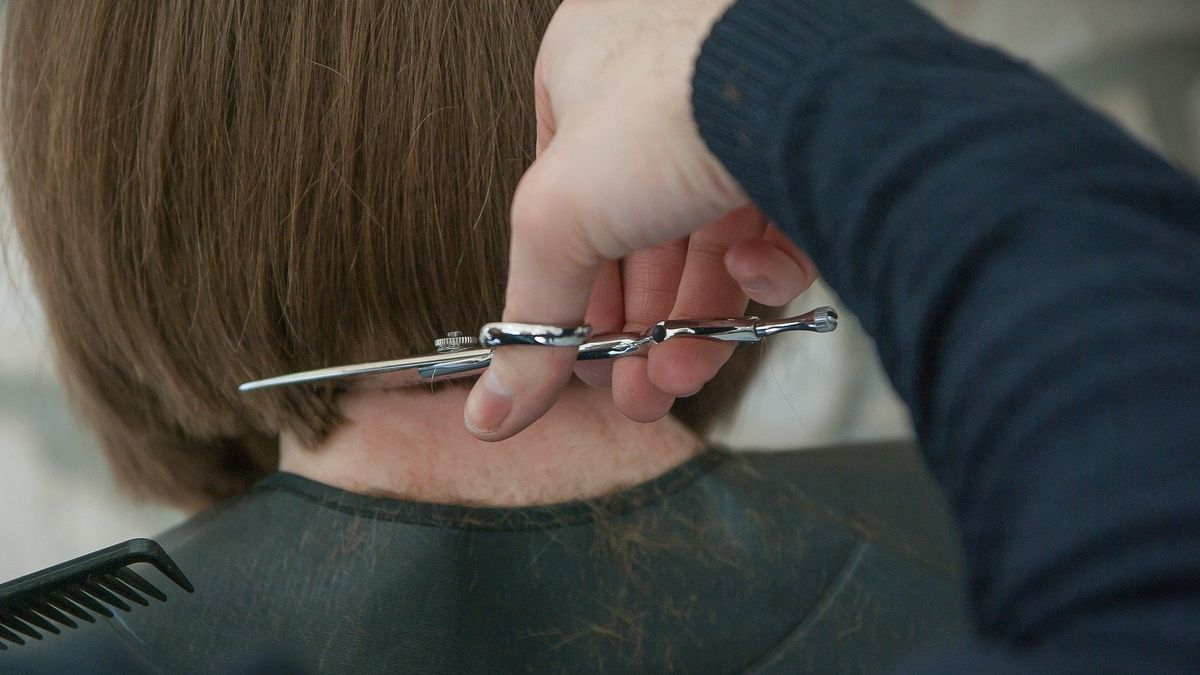According to a new study, highly competitive women are more likely to recommend shorter haircuts to other womenpossibly to diminish the physical attractiveness of his romantic rivals. This phenomenon occurs even among women who do not know each other, suggesting a innate tendency among some women to sabotage potential rivals even without a direct threat.
The new findings, which emerged from research led by Danielle Sulikowskiprovide unique information on an understudied aspect of intrasexual competition (i.e., between members of the same sex). It has been a topic of interest in psychology, particularly to understand how individuals compete for social status, access to resources, and desirable mates.
Previous research has explored various aspects of intrasexual competition between women, including direct forms of competition such as verbal aggression, social exclusion, and reputation-damaging behaviors. In their new study, the researchers set out to discover whether this could manifest itself in the context of appearance advice given to hypothetical salon customers.
The study, ”Off with her hair: Intrasexually competitive women advise other women to cut off more hair”was written by Sulikowski, Melinda Williams, Gautami Nair, Brittany Shepherd, Anne Wilson, Audrey Tran and Danielle Wagstaff.
The word of the author of the study
“What seems like a frivolous topic of study (hairdressers who cut too much hair) is actually quite serioussaid Sulikowski, senior lecturer at Charles Sturt University and president of the Australasian Society for Human Behavior and Evolution.
“The hairdressing scene it’s just a vehicle to raise questions about how women sabotage each other in subtle, barely detectable ways. Female aggression tends not to manifest as physical violence, or even threats of physical violence. Nor does it usually take other forms that we easily recognize as aggression (verbal shouting, insults, open displays of anger).”
“It is well known that female aggression manifests itself in the form of reputational damage. In adolescence, this involves slanderous rumors that can be socially devastating for victims. In adulthood, it can involve malicious accusations in the workplace and lies told in groups of friends that, if taken seriously, can destroy reputations, livelihoods, marriages and relationships. We already know all this very well,” he added.
“What we really don’t know at all are the other things (besides spreading lies and rumors) that women do to attack each other (and men, too, although that wasn’t the goal of the current investigation). What I am interested in doing as a researcher is expanding our understanding of the (many!) ways in which female aggression manifests itself.Sulikowski explained.
Also, he detailed: “This project sought to establish the sabotage of appearance as a vehicle of aggression between women. “We are not the first researchers to suggest that women use appearance advice as a form of sabotage, but this is one of the first (if not the first) quantitative demonstrations that this actually happens in the laboratory.”
How the study was carried out
The researchers conducted two separate studies, in which 450 women participated (between 17 and 67 years old) who were recruited from a pool of undergraduate participants and the general public. Participants were presented with a hypothetical image of salon clients, each with a portrait image that varied in attractiveness, a close-up image of their hair (described as in good or bad condition), and the client’s preference. for cutting your hair “as little as possible” or “as much as necessary.” Participants were asked to recommend the amount of hair to be cut for each client.
The researchers discovered that Women who reported higher levels of intrasexual competitiveness were more likely to recommend that their clients cut their hair longer when it was in good condition. and clients expressed their preference for a minimal cut. The reason behind this recommendation It could be subtly manipulating the appearance of your rivals. By recommending longer haircuts, these women could potentially decrease the physical attractiveness of other women.
Another interesting finding is that women advised clients who were similar in attractiveness to themselves to They will cut as much hair as possible. In this scenario, participants effectively targeted women they perceived to be of a similar level of attractiveness to themselves. This suggests a form of competitive behavior known as horizontal competition, which occurs when individuals compete with others of similar attributes or qualities.
“The way we posed the scenario in this study was such that The ‘hairdresser’ and the ‘client’ did not know each other and there was no implicit competition between them (there is no suggestion that they would ever compete with each other for men, jobs or anything else). The implications of this are substantial. “It suggests that at least some women engage in the sabotage of other women almost as a default response, in the complete absence of any identifiable reason for doing so,” she said.
“It is understandable and expected that women will engage in some form of sabotage if another woman is a direct threat (if she is flirting with her partner, for example). “But the suggestion that at least some women might sabotage other women as a default whenever the opportunity presents itself is a new implication of the current study,” she concluded.
Source: Ambito
David William is a talented author who has made a name for himself in the world of writing. He is a professional author who writes on a wide range of topics, from general interest to opinion news. David is currently working as a writer at 24 hours worlds where he brings his unique perspective and in-depth research to his articles, making them both informative and engaging.




